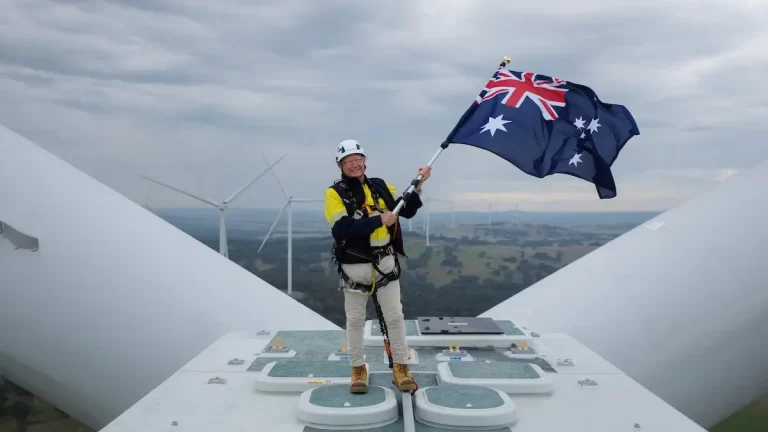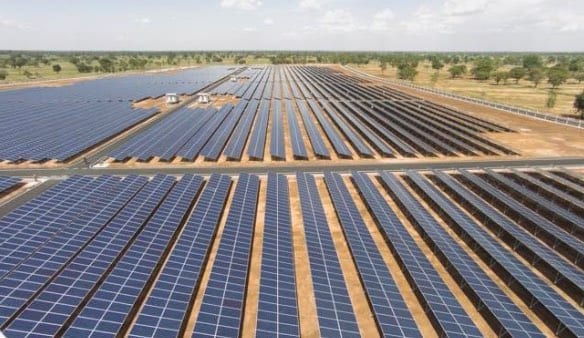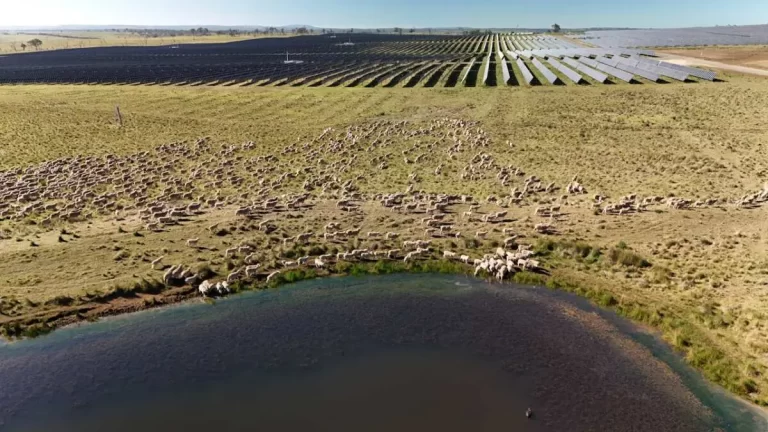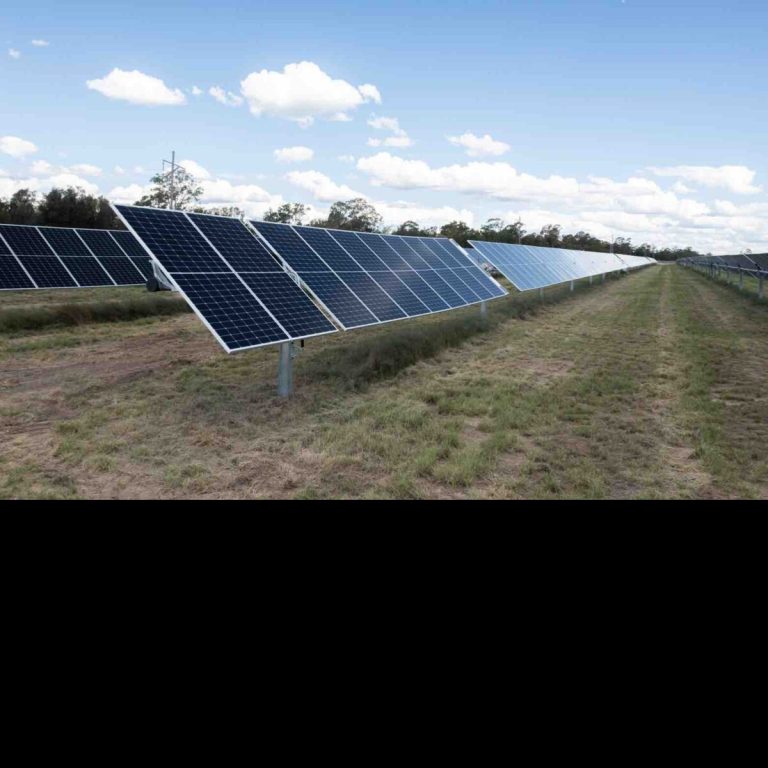Forrest secures wind, solar, and battery deals for Fortescue’s ‘real zero’ emissions goal
Andrew Forrest, the iron ore magnate, has unveiled new supply agreements for wind turbines, solar panels, and battery storage as his company, Fortescue Metals, accelerates its ambitious plans to achieve “real zero” emissions at its extensive operations in the Pilbara region.
Speaking from New York during Climate Week and the UN General Assembly, Forrest announced partnerships with battery manufacturer BYD, solar module provider Longi, and Envision, a company specialising in wind and smart energy solutions. Additionally, Fortescue has acquired full ownership of the Spanish firm Nabrawind, which is pioneering a novel “self-lifting” turbine design.
Innovative Wind Projects in the Pilbara
Fortescue intends to deploy a combination of Nabrawind turbines and Envision’s 7.2 MW turbines at its inaugural major wind project in the Pilbara, the substantial 2.1 gigawatt East Pilbara generation hub located near Marble Bar, which was announced earlier this year.
This announcement comes amidst a week of dramatic events at the UN, where US President Donald Trump dismissed climate science as a hoax and claimed that wind energy is ineffective due to the inconsistency of wind. In contrast, Chinese President Xi Jinping revealed his country’s first emissions reduction target, aiming for a staggering 3,600 gigawatts of wind and solar capacity by 2035, a figure that analysts believe may underestimate China’s actual installation rate.
Fortescue’s Vision for a Sustainable Future
Forrest remarked, “The world once benefited from open trade and cooperation – now it is divided. Fortescue is demonstrating that industry can help restore that multilateral spirit, not through mere words but through tangible partnerships that show heavy industry can embark on a new path where profits increase as emissions decrease.” He highlighted China’s rapid scaling and manufacturing of green technologies, asserting that these partnerships will provide Fortescue with crucial access to such capabilities.
Fortescue’s commitment to achieving “real zero” emissions is among the most ambitious globally, as it aims to eliminate the use of diesel or gas in its terrestrial operations at its vast iron ore mines. Even approaching this goal would represent a significant milestone. Other mining companies are also making strides; for instance, Rio Tinto has indicated that its large smelter and refineries in Queensland cannot rely on coal generation and has entered into several landmark agreements for extensive wind, solar, and solar-battery hybrid projects.
In South Australia, BHP has recently signed a contract for “baseload renewables” with Neoen for a proposed wind and battery project at Goyder North, ensuring that 70 per cent of its mining operations and smelters in the state will be powered by renewable energy, with the remainder sourced from Australia’s most renewable grid.
Renewable Achievements Across the Mining Sector
In Western Australia, Renew Economy reported that the new Bellevue gold mine achieved an impressive 79 per cent average renewable energy usage in August, including 84 hours of operation without engines at its remote off-grid site. This achievement was surpassed by the Kathleen Valley lithium mine, partly owned by prominent renewables critic Gina Rinehart, which recorded an average of 81 per cent renewable energy penetration in its first operational year.
Fortescue’s latest announcement also includes a supply agreement for large 240-tonne electric haul trucks with construction and mining equipment manufacturer XCMG, which will produce half of the up to 400 electric trucks required for its mining operations, while Liebherr will manufacture the remaining units.
“These partnerships will not only facilitate Fortescue’s electrification of its Pilbara operations and help achieve its Real Zero target by 2030, but will also stimulate global decarbonisation,” the company stated.
The agreement with Envision is particularly noteworthy, as they are a new entrant in the Australian market, traditionally dominated by Vestas and Goldwind, and are expected to introduce much-needed price competition in a sector facing rising costs.
Fortescue remains committed to utilising the innovative “self-lifting” turbines developed by Nabrawind, which it now fully owns, allowing for blades to capture wind at greater heights. The company also plans to incorporate Envision’s advanced EN182-7.8 MW turbines for the initial phase of its Pilbara wind project.
“These turbines are designed to perform efficiently in low-wind conditions and endure extreme weather, including cyclones,” Fortescue explained. “They will be integrated with Nabrawind’s 188-metre tower technology, enhancing generation and cost efficiency. Together, these advancements will support the first stage of Fortescue’s inaugural wind project, unlocking greater generation capacity and efficiency to help achieve Real Zero by 2030.”






